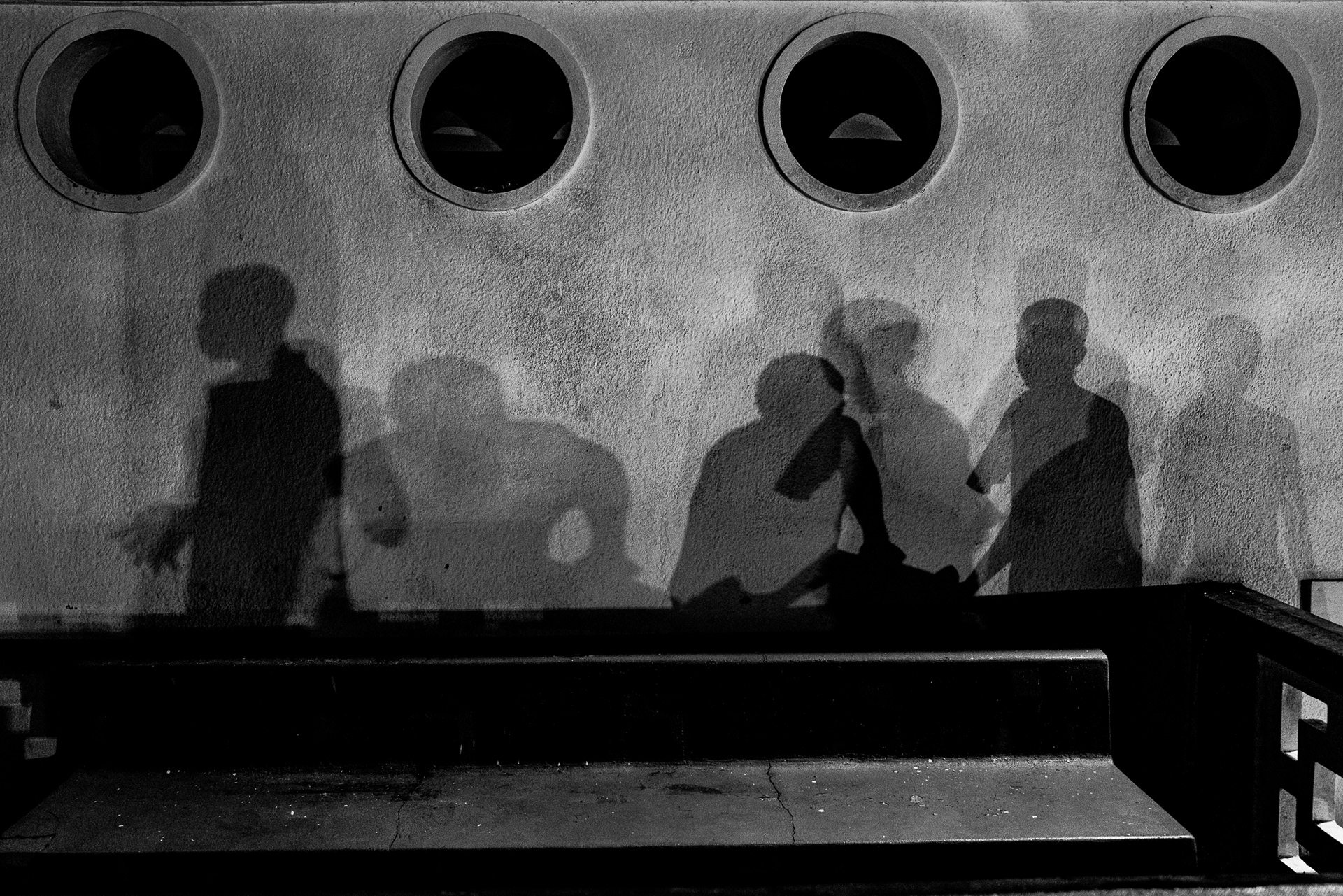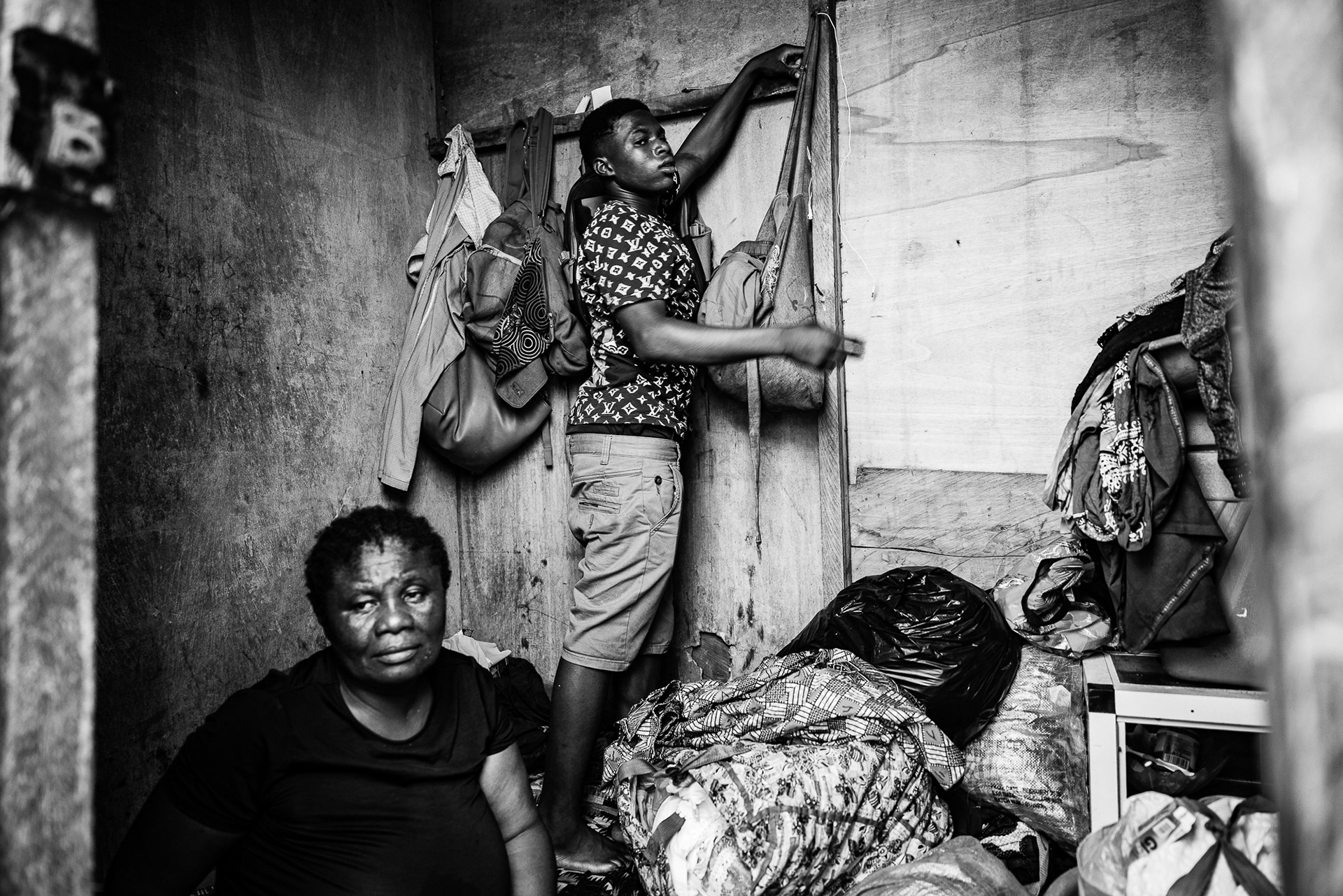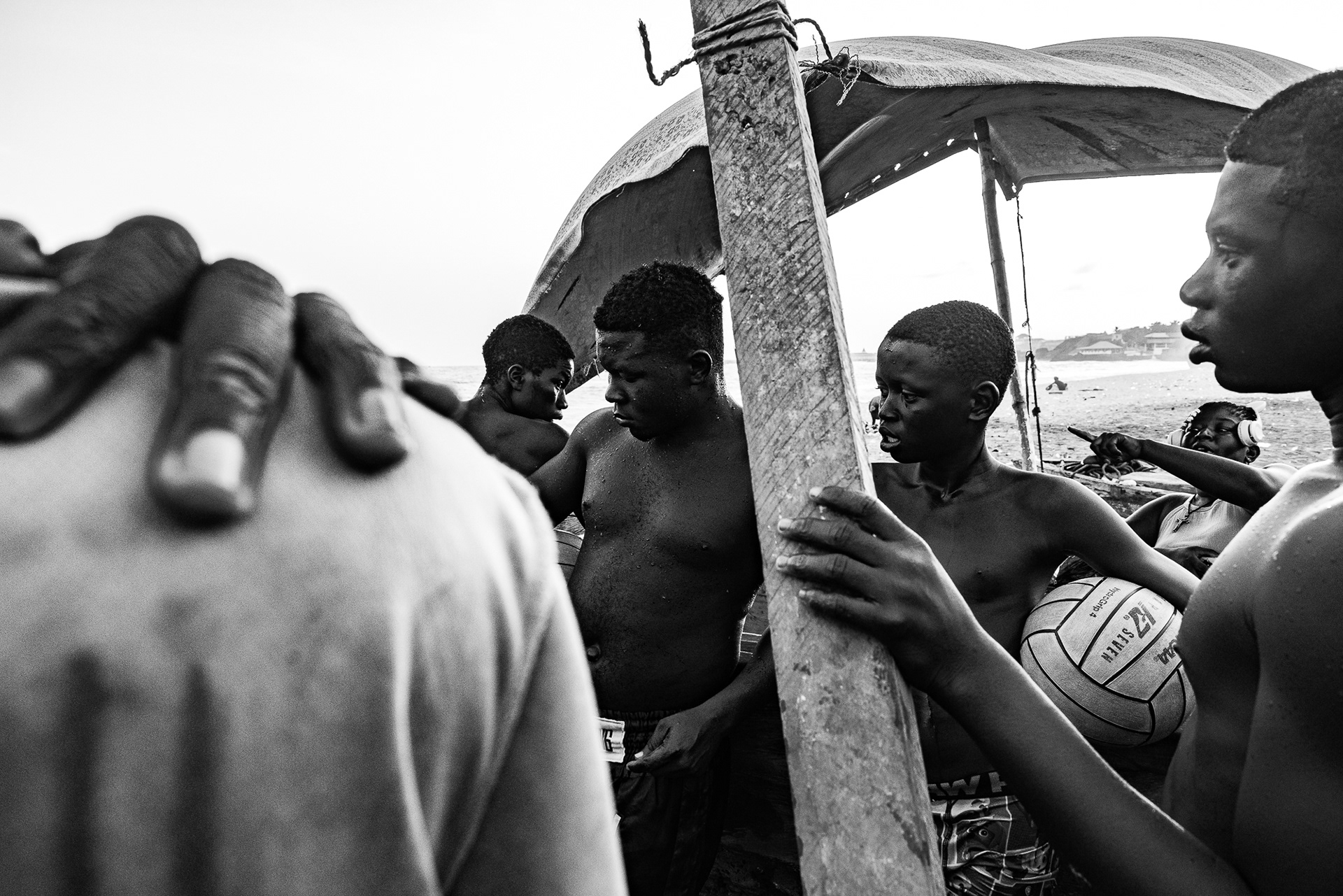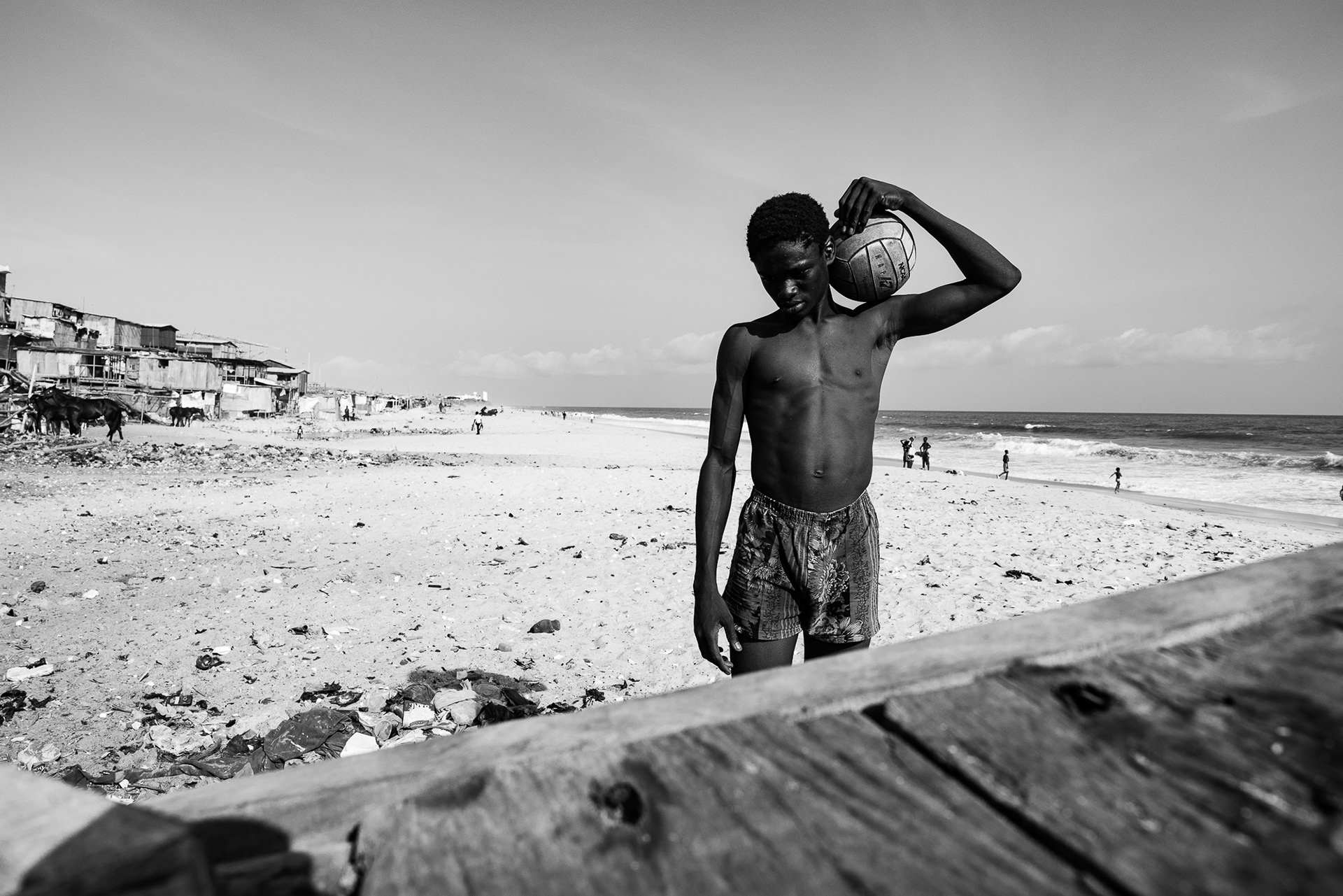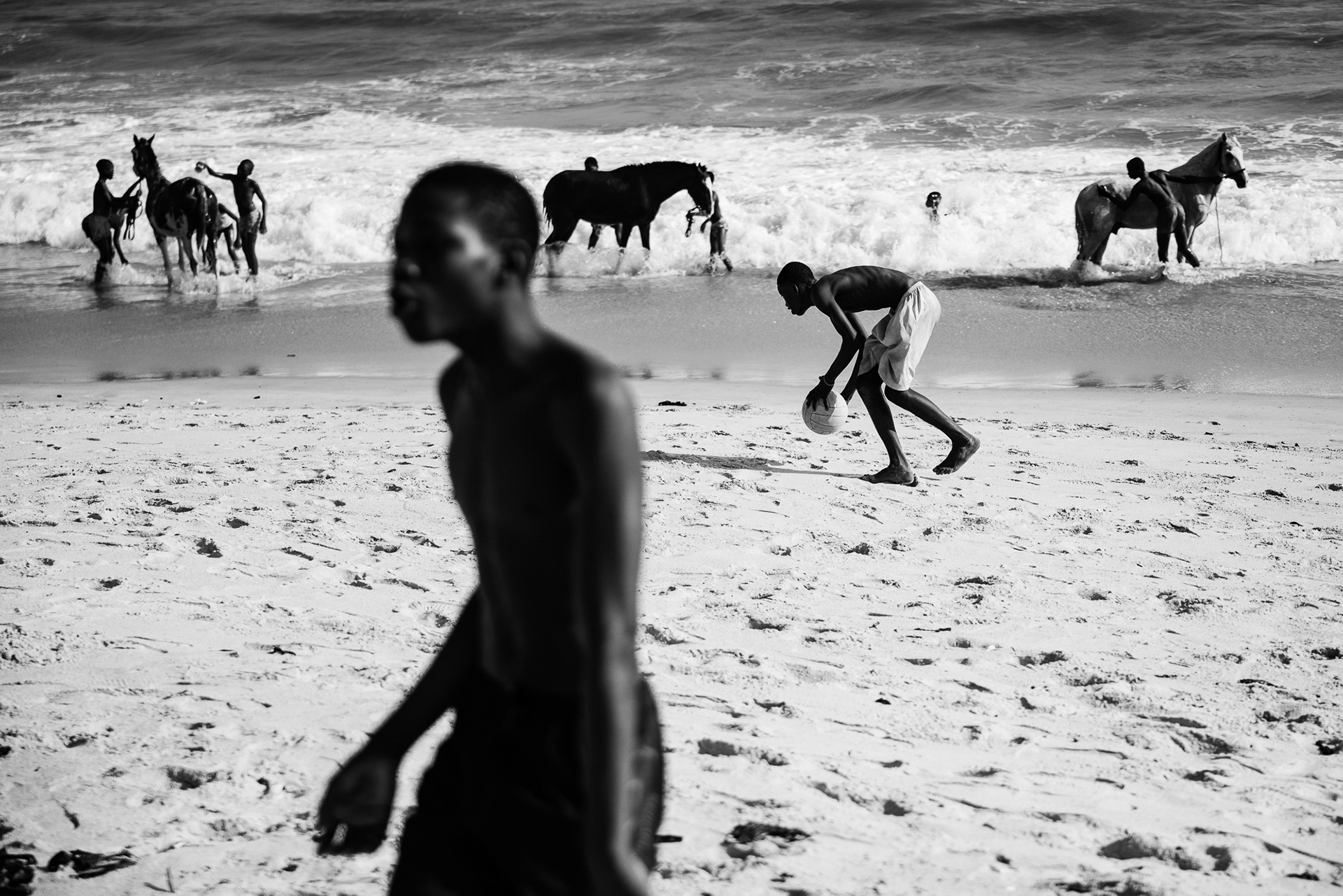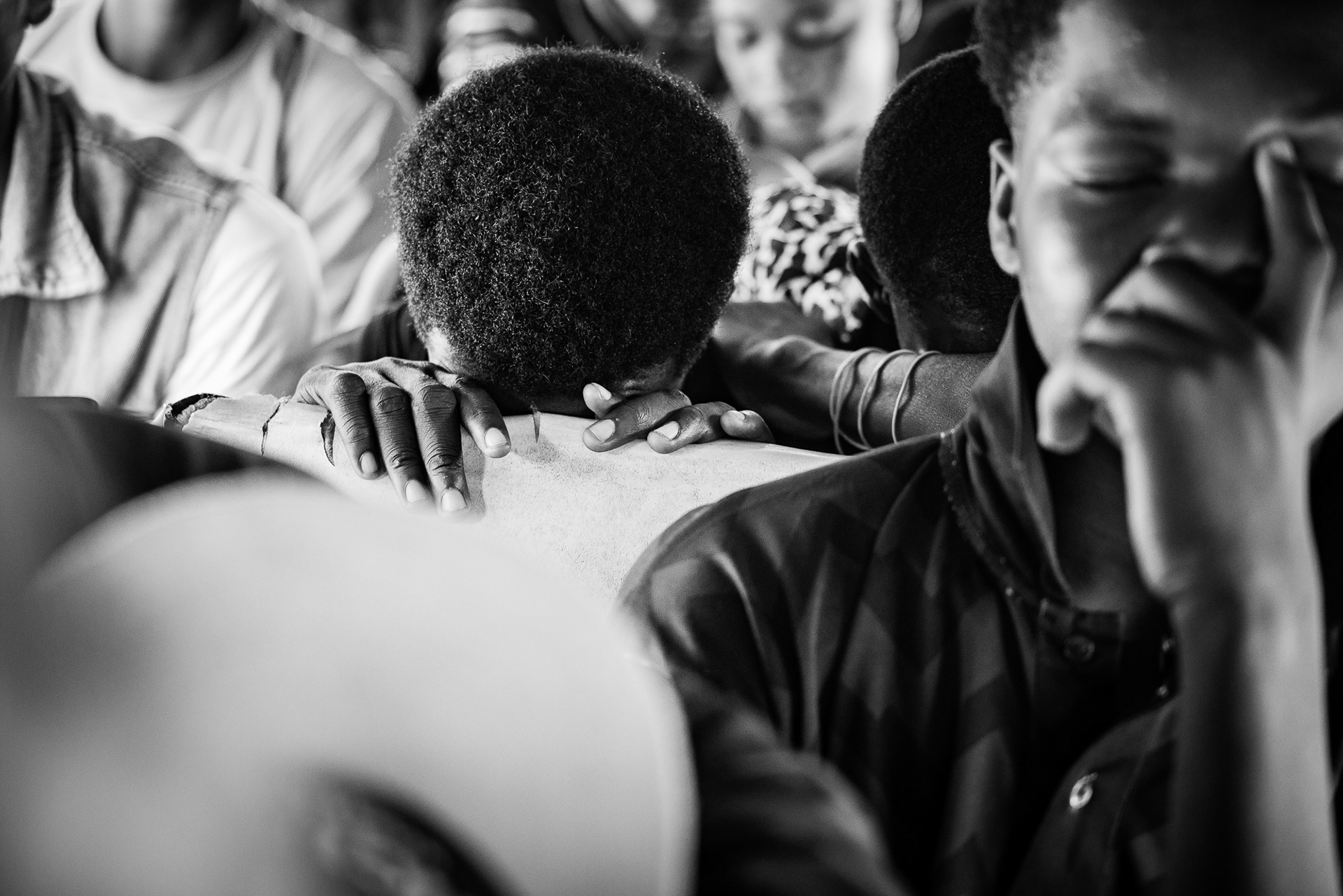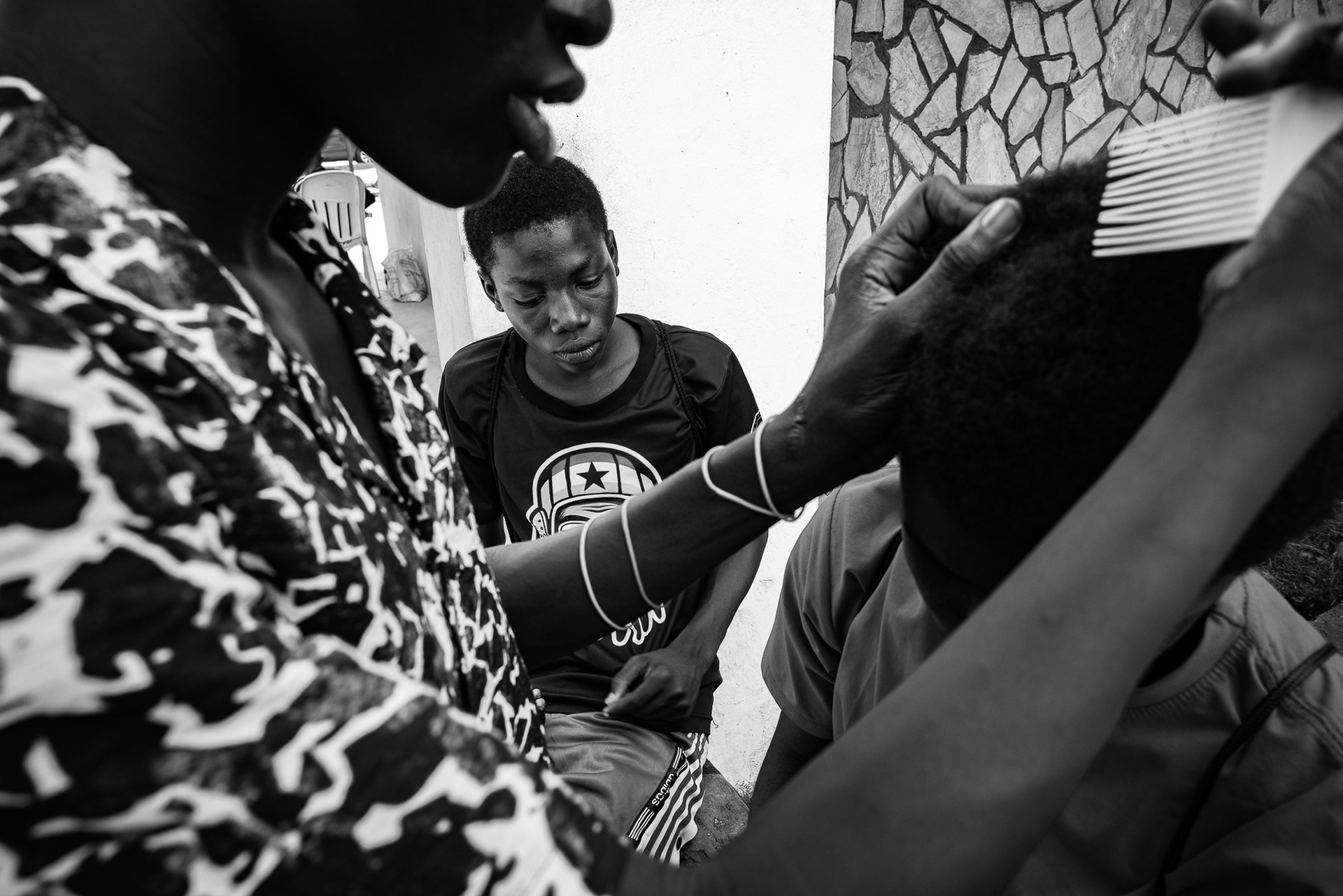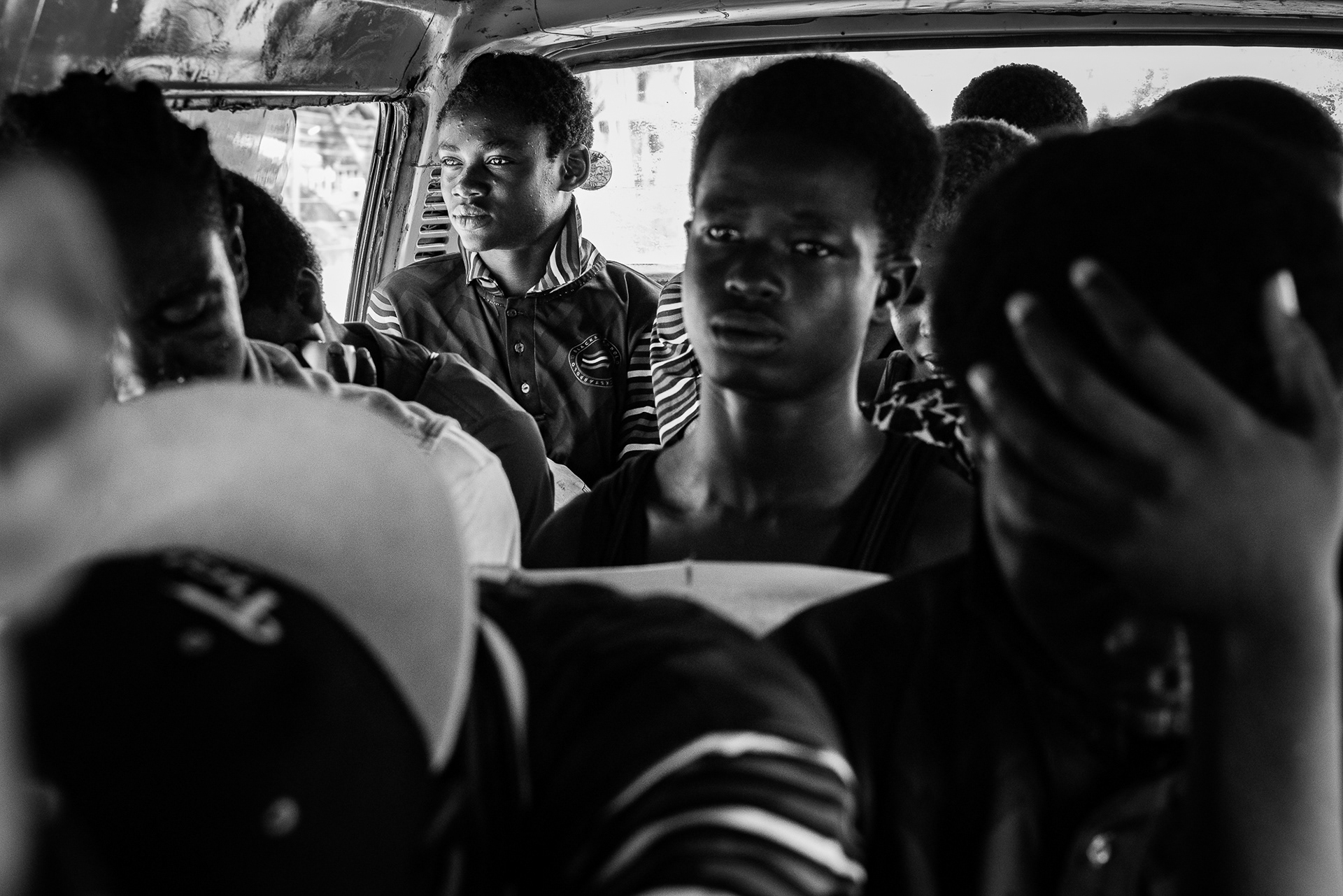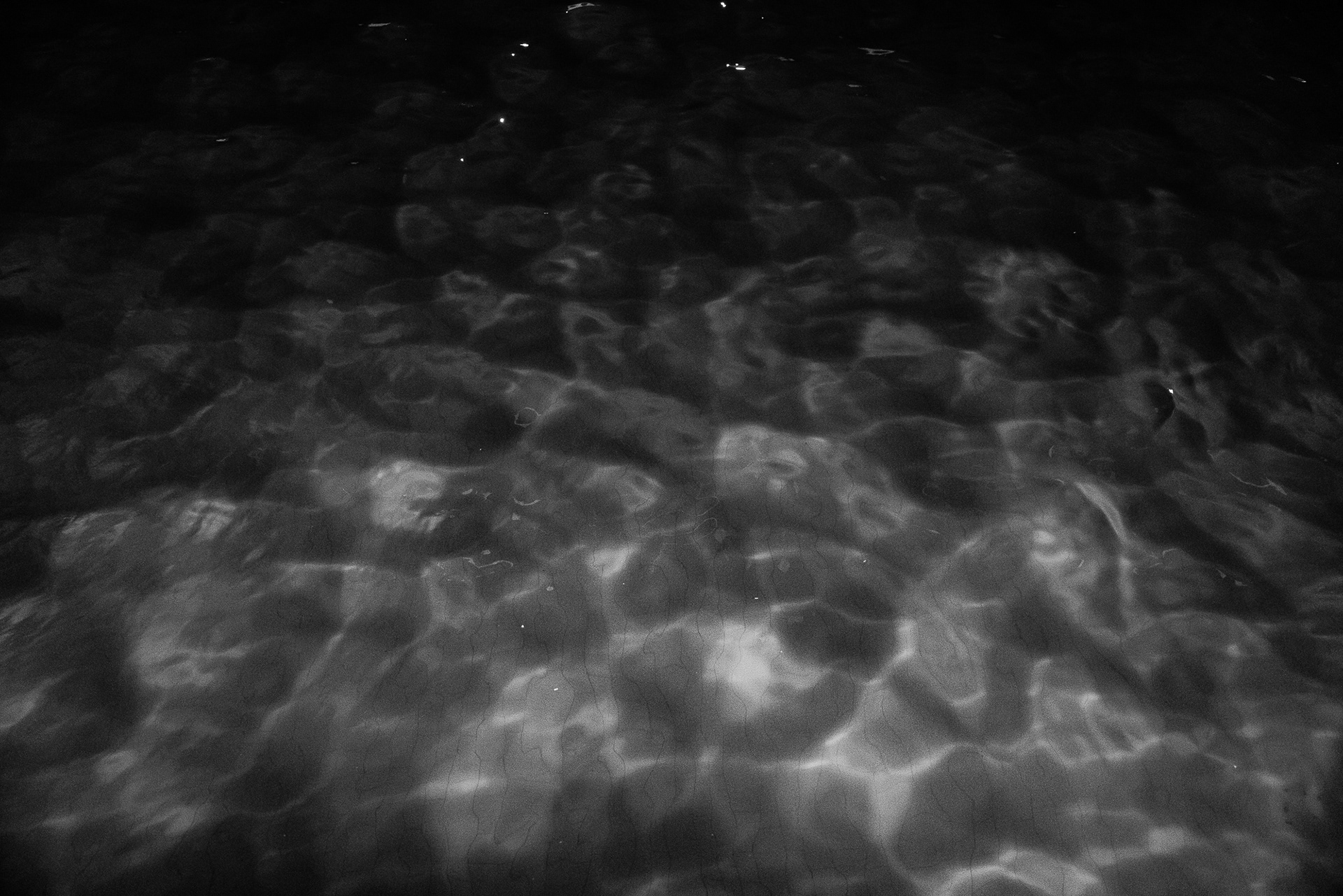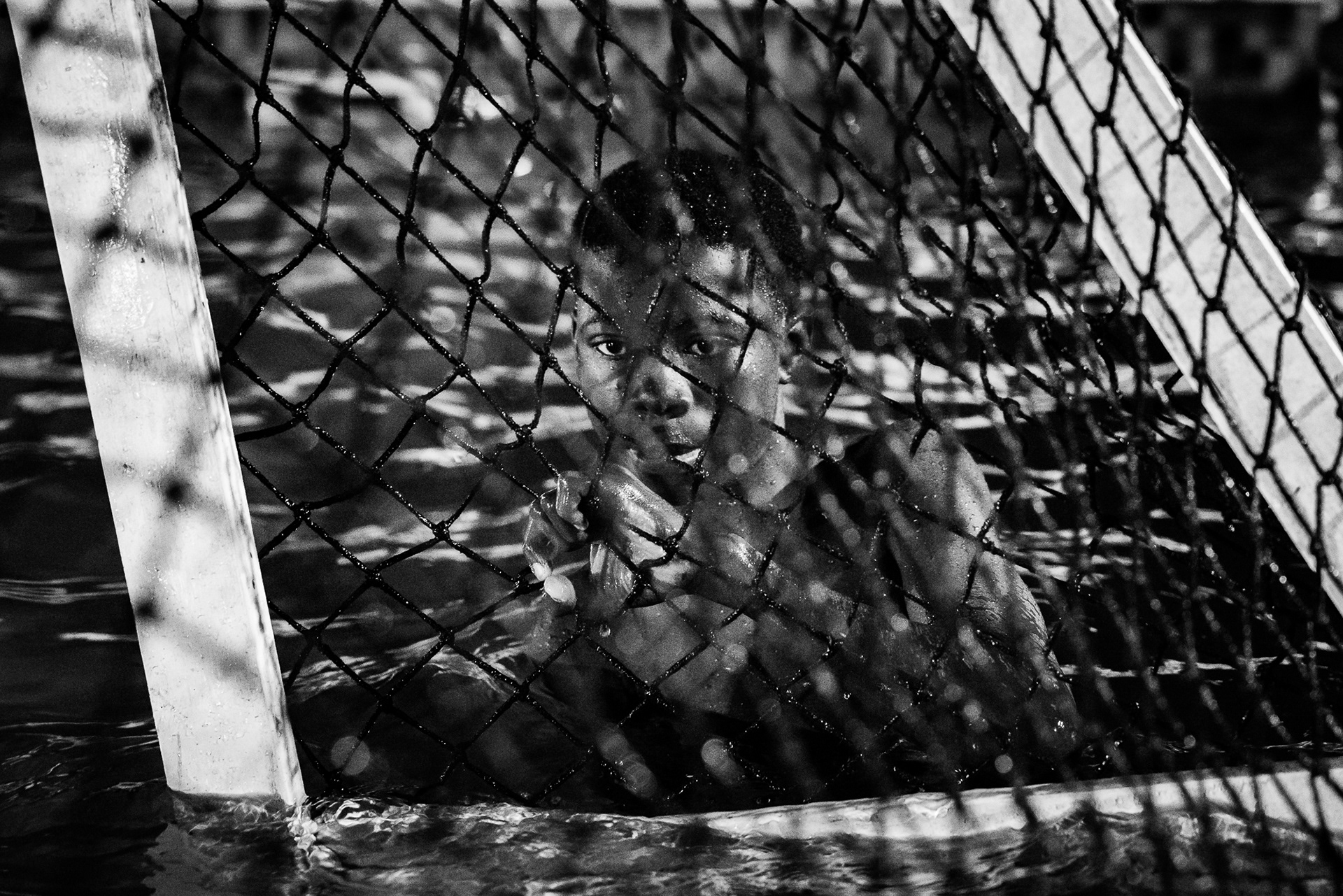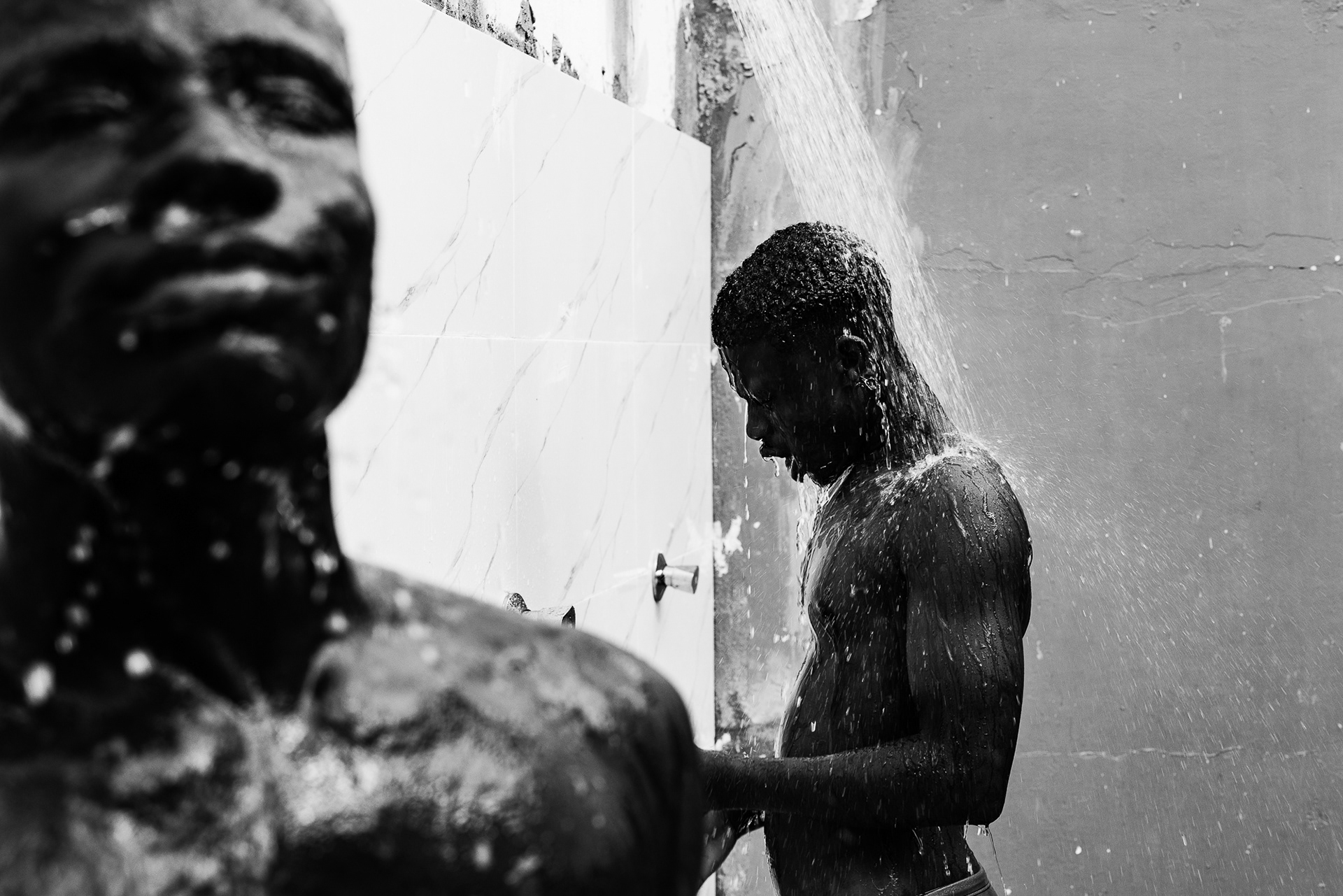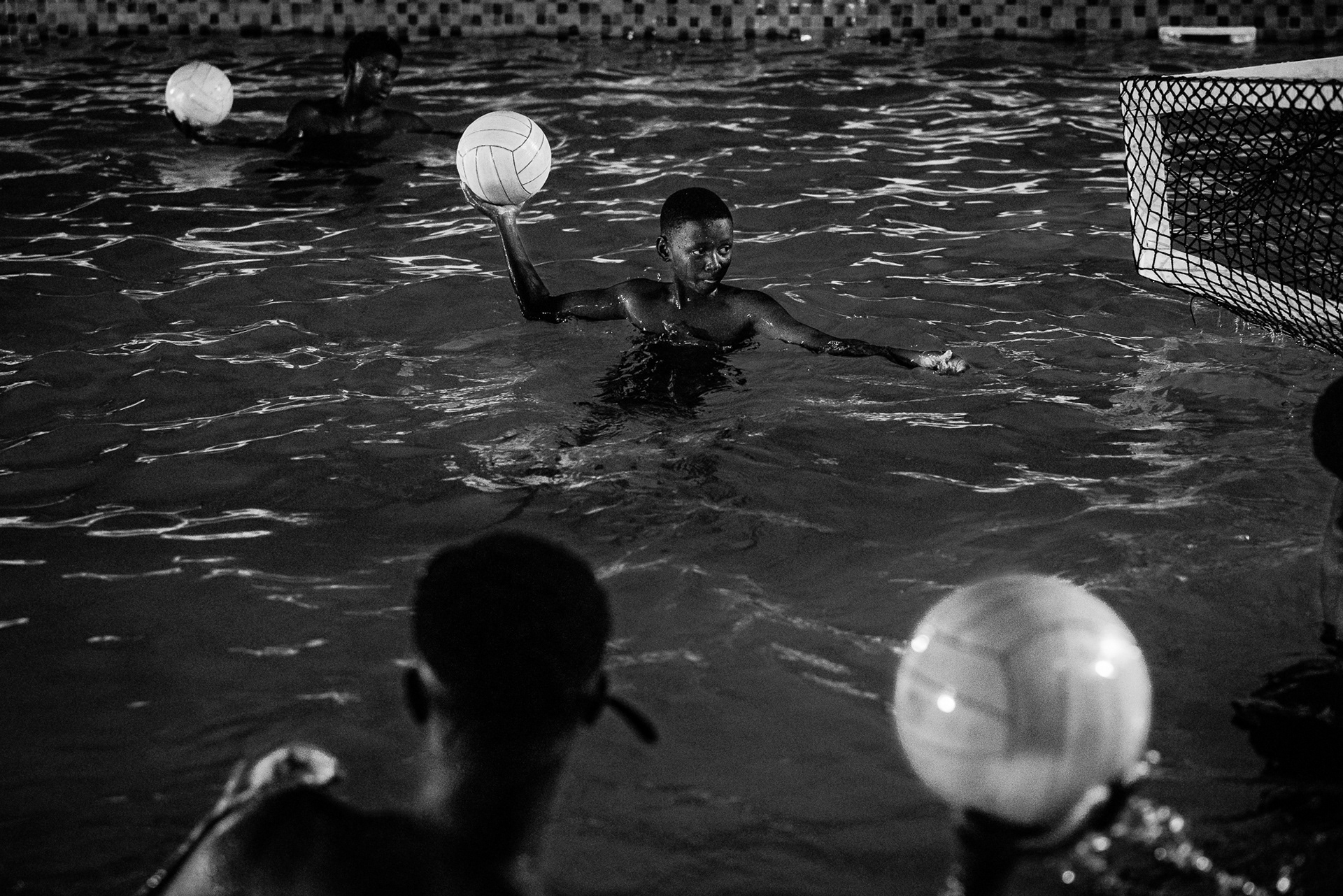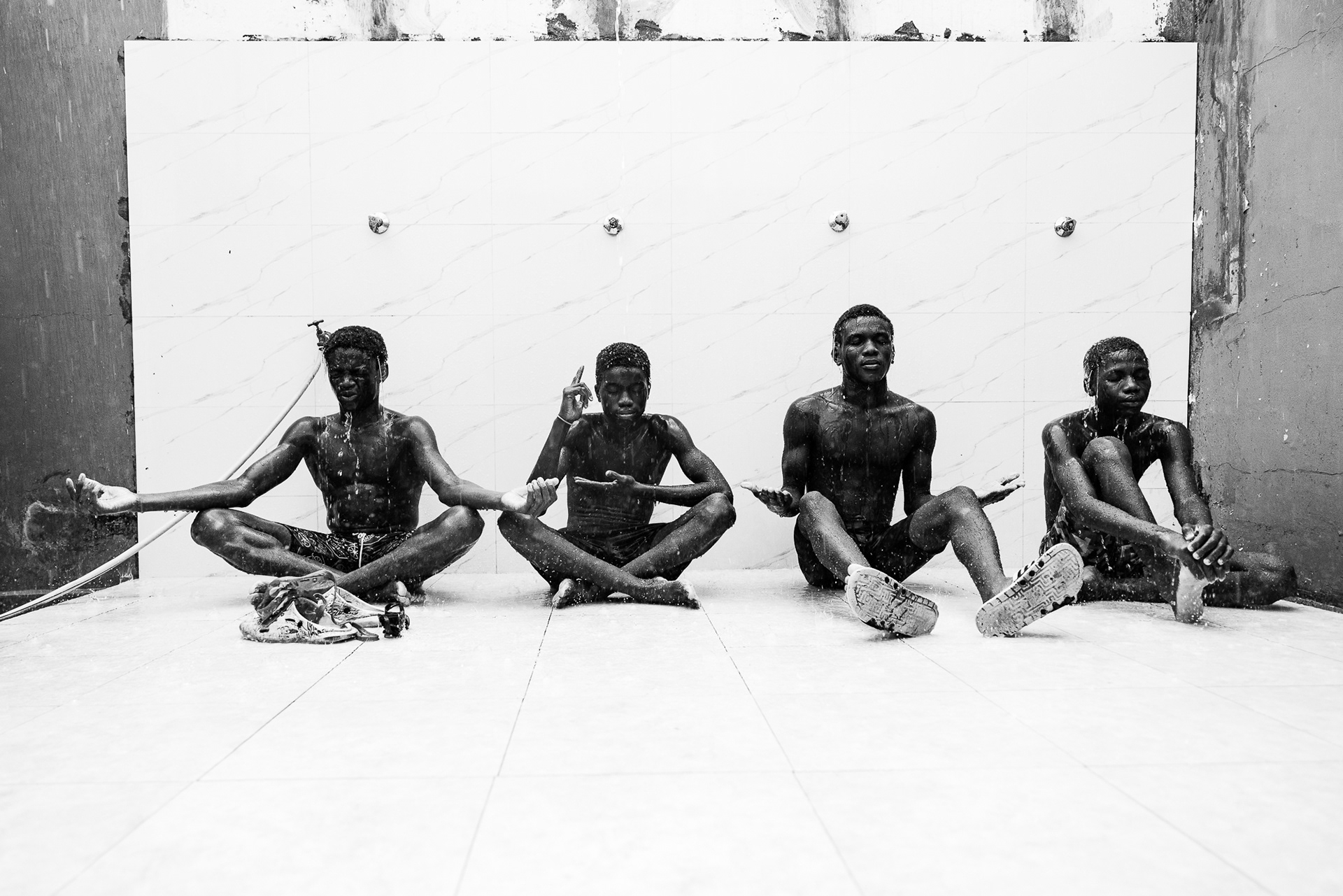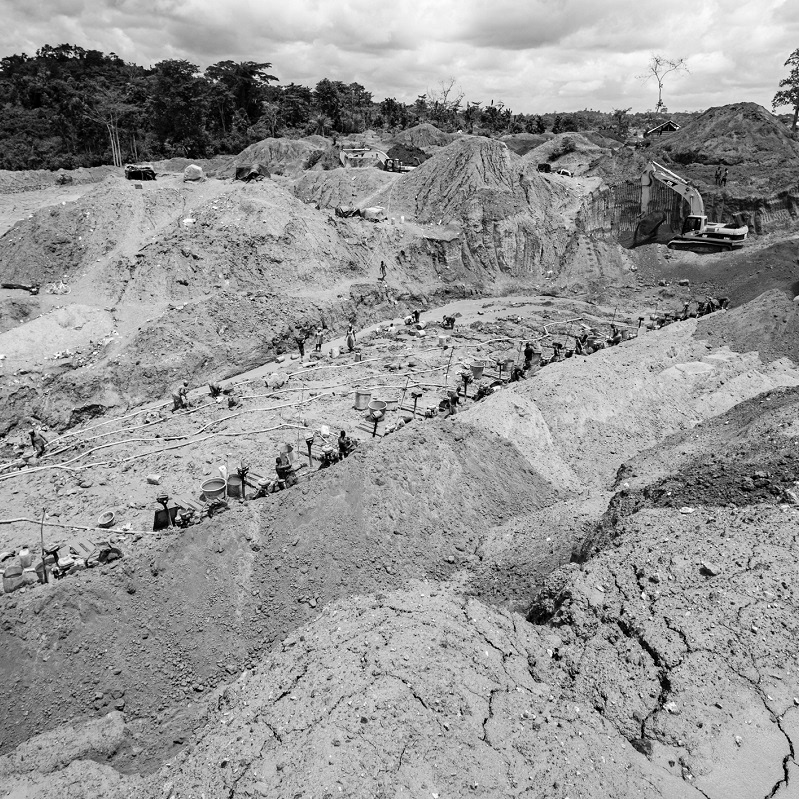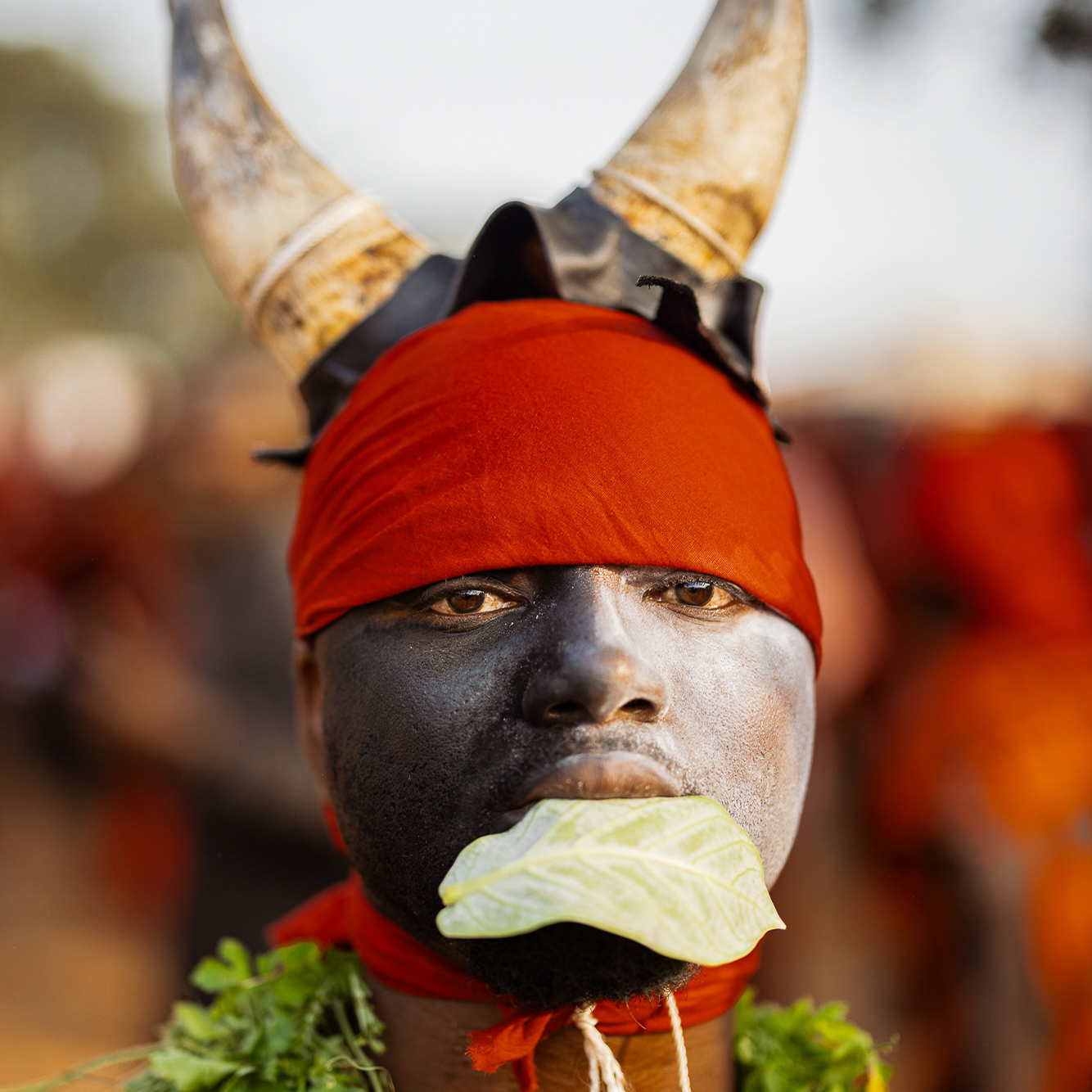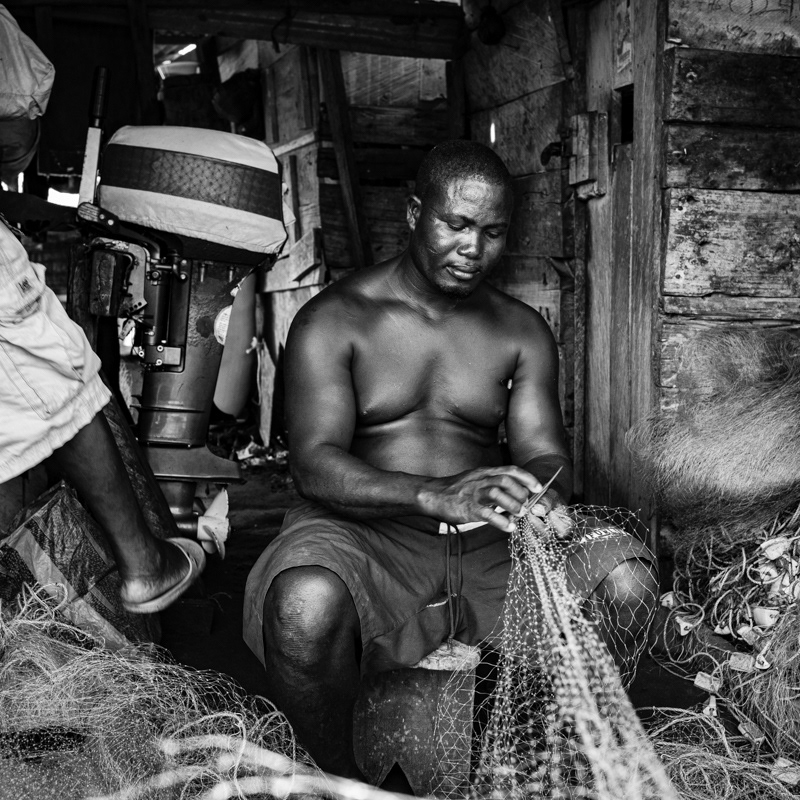Black Star Polo, a non-profit organisation project
Supported by: Justice Tank
Supported by: Justice Tank
Black Star Polo is the only all-Black water polo team in the world, based in Ghana, where access to aquatic spaces remains limited and unequal. For many young athletes, water is not a place of opportunity but of risk, shaped by a lack of infrastructure, training, and resources in communities most affected by preventable drowning.
Founded in 2021 by Prince Kofi Asante Sefa-Boakye, an American-born Ghanaian water polo player and coach, Black Star Polo emerged as a response to systemic exclusion from aquatics. After years of competing internationally, Asante committed himself to water safety, education, and the creation of pathways for youth historically denied access to pools, coaching, and competition.
In Ghana, children train under difficult conditions, often without proper equipment or consistent facilities. Yet discipline, resilience, and belief drive them forward. The water becomes a space where fear is confronted and transformed into confidence, where teamwork replaces isolation, and where belonging is learned stroke by stroke.
Progress has come with resistance. In 2023, the team was invited to compete in an international tournament in Italy, only to have their visas denied by the Italian embassy. The decision prevented their participation and exposed the invisible borders that continue to limit African athletes. Still, the team persisted, later representing Ghana at the One Nation Above Water tournament in South Africa — a Pan-African initiative using sport, education, and awareness to address drowning and inequality.
From introducing water polo to Ghanaian schools and forming the country’s first national league to building continental partnerships and cultural exchanges, Black Star Polo continues to challenge who is seen, supported, and allowed access to water. Their story raises a fundamental question that extends beyond sport: who is permitted to move freely through spaces of safety, opportunity, and survival — and who must fight to stay afloat.
